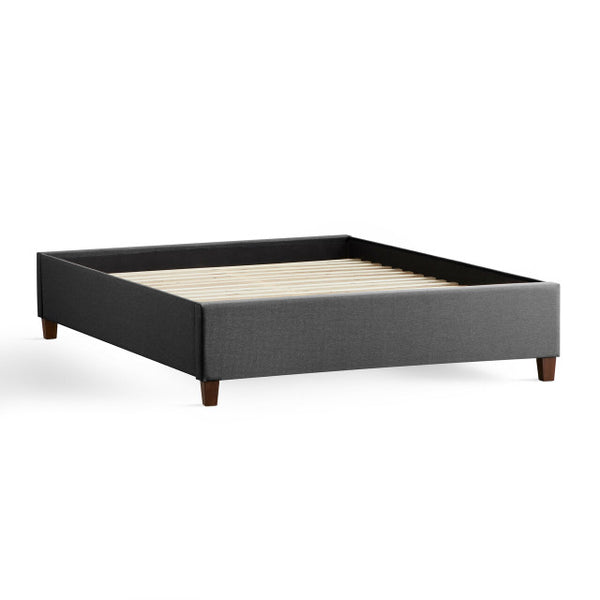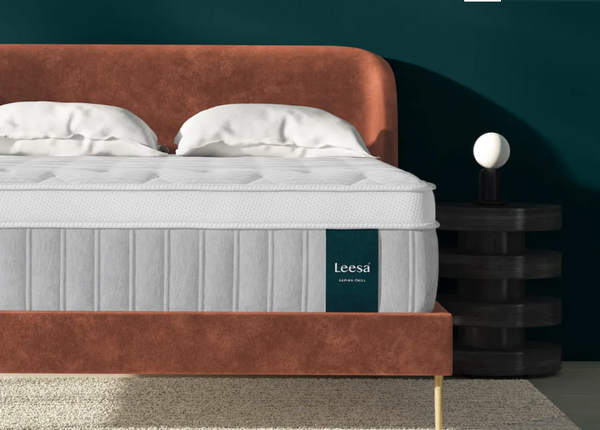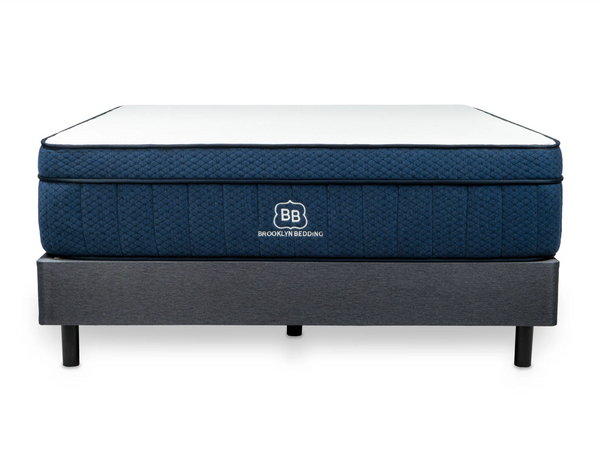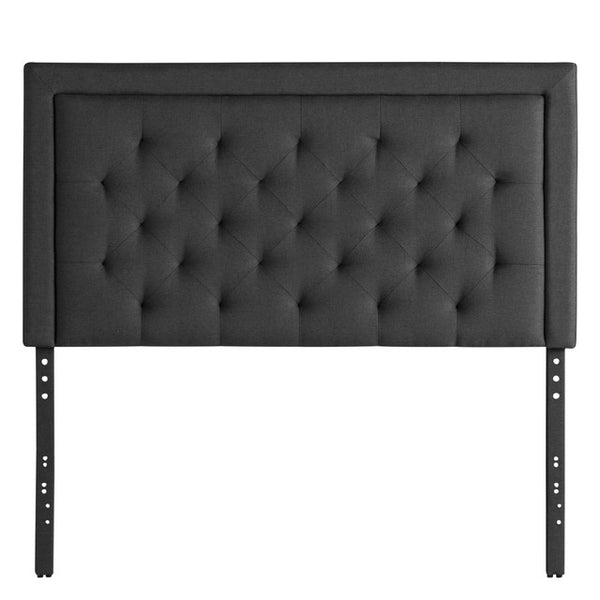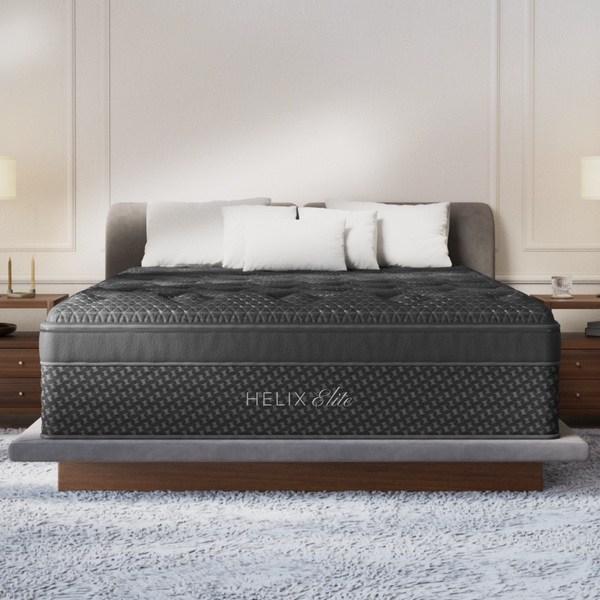
Sleep is an essential component of our well-being, influencing not just our physical health but also our mental state and productivity levels. Yet, many of us overlook one of the most critical factors contributing to sleep quality: the design of our mattress. As we explore the profound connection between mattress design and sleep quality, you'll discover how important it is to choose the right mattress for your personal needs.
Understanding Sleep Quality
Before diving into the specifics of mattress design, let's first understand what we mean by sleep quality. Sleep quality refers to how well a person sleeps, which encompasses several factors:
- Duration of sleep
- Depth of sleep (how restorative it is)
- Ease of falling asleep
- Frequency of wakefulness during the night
Research indicates that poor sleep quality can lead to a myriad of health issues, including obesity, cardiovascular problems, decreased cognitive functioning, and even mental health disorders. Therefore, ensuring a good night's sleep is not just a luxury; it’s a necessity.
The Role of Mattress Design
So, how does mattress design impact sleep quality? The design of a mattress directly influences comfort, support, and temperature regulation during sleep. Let’s break down these crucial elements:
Comfort Level
Comfort is subjective; what feels great for one person may not work for another. Mattress design plays a vital role in determining how comfortable you feel during the night. Here are several key factors:
- Material: Different materials offer varied levels of comfort. Memory foam, for instance, contours to the body's shape, providing support while alleviating pressure points. On the other hand, innerspring mattresses offer a bouncier feel, which some people prefer.
- Firmness: The firmness level of a mattress can significantly impact how well the body is aligned during sleep. A medium-firm mattress is generally recommended for spinal alignment, while some individuals may require a softer or firmer solution based on their personal preferences.
- Layering: Multi-layer mattress designs can offer a blend of firmness and comfort, accommodating different sleeping positions and preferences.
Support System
Support refers to how well a mattress maintains the spinal alignment of the sleeper. An excellent support system in a mattress should keep the spine aligned in a neutral position, allowing for proper body alignment and reducing the risk of aches and pains. Here are some features that contribute to a supportive mattress:
- Coil Count: In innerspring mattresses, a higher coil count often indicates better support, as it distributes body weight more evenly.
- Base Layer: High-quality mattresses often come with a supportive base layer that contributes significantly to spinal alignment.
- Contour and Adaptability: Memory foam and latex mattresses can conform to the sleeper's body shape, providing adequate support no matter their sleeping position.
Temperature Regulation
One of the more overlooked aspects of mattress design is its role in temperature regulation. A mattress that traps heat can lead to discomfort and disrupt the sleep cycle. Here’s how mattress design can enhance temperature regulation:
- Breathable Materials: Bamboo, cotton, and latex are natural materials known for their temperature-regulating properties.
- Cooling Technologies: Some mattresses are infused with gel or other cooling technologies that help dissipate heat.
- Open-Cell Foam: This type of foam allows for better airflow, contributing to a cooler sleeping surface.
Impact of Mattress Aging
As we discuss mattress design, it is also vital to consider how the quality of a mattress can deteriorate over time. An aging mattress may lose its supportive features and comfort level, which can drastically affect sleep quality.
- Loss of Structure: Mattresses tend to sag or develop impressions where people sleep. This can lead to improper spinal alignment.
- Wear and Tear: Materials degrade, making the mattress less comfortable and supportive over time.
- Hygiene: Older mattresses can accumulate dust mites, allergens, and bacteria, impacting sleep quality and health.
Choosing the Right Mattress for You
With all this information on mattress design and its impact on sleep quality, how do you choose the right one for your needs? Here are some tips to help you make an informed decision:
- Identify Your Sleep Position: Your sleeping position—back, side, or stomach—will determine the level of firmness and support needed.
- Research Materials: Explore various mattress materials and their properties to understand which might best suit your comfort and support preferences.
- Test Before You Invest: Whenever possible, try out the mattress in-store or opt for brands that offer a good trial period. You want to ensure it meets your sleep needs.
- Read Reviews: Customer testimonials can provide insight into the experiences others have had with specific mattresses.
Innovative Mattress Designs in the Market
The mattress industry continuously evolves, challenging traditional norms and introducing innovative designs aimed at improving sleep quality. Some trends worth noting include:
- Hybrid Mattresses: These combine foam and springs, providing a balance of comfort and support.
- Adjustable Mattresses: Offering customizable firmness settings, adaptive mattresses allow sleepers to fine-tune their comfort level.
- Smart Mattresses: Equipped with technology to monitor sleep patterns, smart mattresses help users understand their sleep quality and make data-driven adjustments.
Sleep Hygiene and Its Role in Quality Sleep
While mattress design is critical to sleep quality, it’s only one piece of the puzzle. Sleep hygiene—habits and practices that promote consistent, uninterrupted sleep—is equally important. Here are some practices to incorporate into your routine:
- Maintain a Regular Sleep Schedule: Going to bed and waking up at the same time every day can improve overall sleep quality.
- Create a Relaxing Bedtime Ritual: Engage in calming activities before bed, such as reading or meditation, to signal to your body that it's time to wind down.
- Avoid Stimulants: Limit caffeine, electronics, and heavy meals close to bedtime, as they can disrupt sleep patterns.
- Optimize Your Sleep Environment: Ensure your bedroom is dark, cool, and quiet for the best sleep conditions.
Conclusion: Sleep Better, Live Better
Investing in a well-designed mattress is undoubtedly one of the best steps you can take towards enhancing your sleep quality. By paying attention to comfort, support, and temperature regulation, you can create a sleeping environment conducive to restorative rest. Don't overlook the importance of sleep hygiene and innovative designs that can elevate your sleep experience. Remember, you deserve to wake up refreshed, energized, and ready to face the day. So take your sleep seriously—it's time to invest in your dreams!

